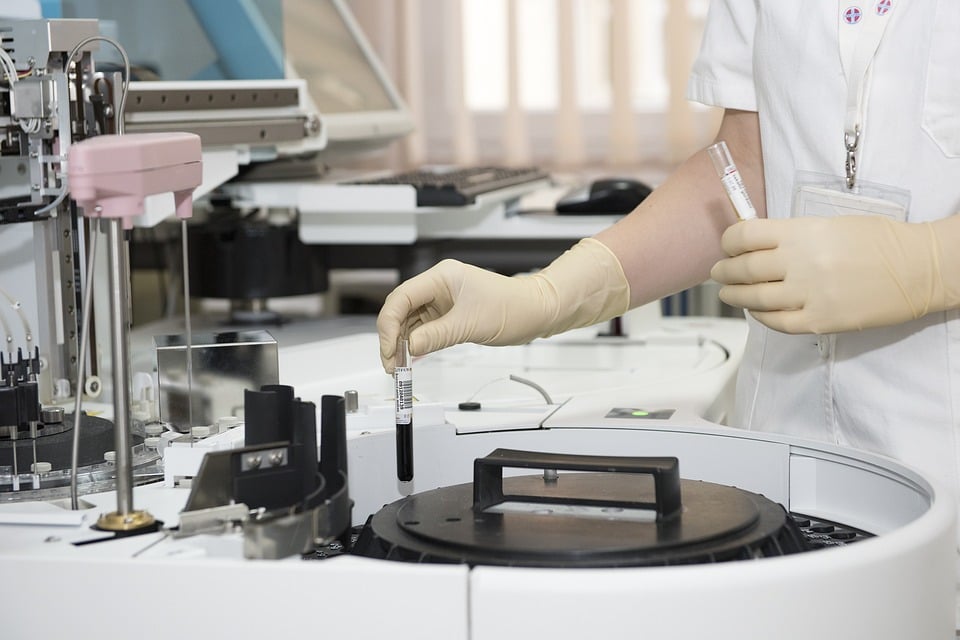Even though early therapeutic interventions have proven successful in inducing drug-free remission in other inflammatory rheumatic diseases, such studies remain difficult to conduct in axial spondyloarthritis (axSpA), which manifests itself by insidious onset inflammatory back pain. As a result it is often diagnosed late,5 and a consensus definition of early disease was only recently published.6
At the 2024 EULAR congress, Łukasik and colleagues shared data from their prospective study evaluating the efficacy of a tight control, treat-to-target approach in newly diagnosed, treatment-naïve axSpA patients – following the ASAS-EULAR disease management recommendations.7
Patients were treated with two different non-steroidal anti-inflammatory drugs (NSAID) at optimal doses for a period of at least 4 weeks, but if they did not achieve clinically important improvement, then monotherapy with golimumab was started. Patients were followed until achieving sustained clinical remission – defined as ASDAS-CRP inactive disease state at two consecutive visits with at least 12 weeks interval – or the end of trial. After achieving sustained clinical remission, treatment was stopped and participants were followed in routine clinical practice to evaluate the possibility of maintaining drug-free remission.
Of 55 patients who completed the trial, 61.8% achieved sustained clinical remission, and 21.8% had low disease activity at Week 52. This the first clinical trial in early axSpA in which sustained inactive disease status has been achieved in over 60% of patients. In univariate analysis, only sex and baseline BASDAI score were significantly different between those who did and did not achieve sustained clinical remission. Further multivariate analysis revealed that male sex, abstinence from smoking, and lower BASDAI score were predictors of remission.
Of those who achieved sustained clinical remission and were taken off treatment, 84.8% experienced a disease relapse within 1 year. This happened for all patients who achieved their remission state with NSAID treatment, and the median time to relapse was 61 days – whereas in the golimumab group it was 155 days and 18.2% of patients remained in drug-free remission for over 3 years of follow-up.
Thus, a treat to target approach is able to induce high rates of inactive disease in early axSpA. However, inducing drug-free remission in axSpA remains challenging.
Source
Łukasik Z, et al. Treat-to-target approach allows to induce sustained clinical remission in over 60% of patients with early axial spondyloarthritis. Presented at EULAR 2024; OP0132.
Ann Rheum Dis 2024; DOI: 10.1136/annrheumdis-2024-eular.5127.
References
1. Combe B, et al. 2016 update of the EULAR recommendations for the management of early arthritis. Ann Rheum Dis 2017;76(6):948–59.
2. Gaujoux-Viala C, et al. Efficacy of conventional synthetic disease-modifying antirheumatic drugs, glucocorticoids and tofacitinib: a systematic literature review informing the 2013 update of the EULAR recommendations for management of rheumatoid arthritis. Ann Rheum Dis 2014;73:510–15.
3. Smolen JS, et al. New therapies for treatment of rheumatoid arthritis. Lancet 2007;370:1861–74.
4. Gossec L, et al. European League Against Rheumatism (EULAR) recommendations for the management of psoriatic arthritis with pharmacological therapies: 2015 update. Ann Rheum Dis 2016;75:499–510.
5. Zhao SS, et al. Diagnostic delay in axial spondyloarthritis: a systematic review and meta-analysis. Rheumatology 2021;60,(4):1620–8.
6. Navarro-Compán V, et al. ASAS consensus definition of early axial spondyloarthritis. Ann Rheum Dis 2023; doi: 10.1136/ard-2023-224232.
7. Ramiro S, et al. ASAS-EULAR recommendations for the management of axial spondyloarthritis: 2022 update. Ann Rheum Dis 2023;82(1):19–34.
About EULAR
EULAR is the European umbrella organisation representing scientific societies, health professional associations and organisations for people with rheumatic and musculoskeletal diseases (RMDs). EULAR aims to reduce the impact of RMDs on individuals and society, as well as improve RMD treatments, prevention, and rehabilitation. To this end, EULAR fosters excellence in rheumatology education and research, promotes the translation of research advances into daily care, and advocates for the recognition of the needs of those living with RMDs by EU institutions.

